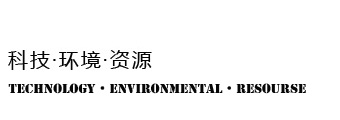What happens to devices at the end of their useful life?
Unfortunately, the majority of these electronic products end up in landfills and just a tiny percentage comes back as/in new electronic devices. According to a UN study, in 2014 alone, 41.8 million tons of electronic waste (e-waste) was discarded worldwide, with only 10 to 40 percent of disposal done properly.
Electronics are full of valuable materials including copper, tin, iron, aluminum, fossil fuels, titanium, gold, and silver. Many of the materials used in making these electronic devices can be recovered, reused and recycled, including plastics, metals, and glass. In a report, Apple revealed that it recovered 2,204 pounds of gold —worth $40 million—from recycled iPhones, Macs and iPads in 2015.
Some more E-waste recycling facts
In 2016, 44.7 million metric tonnes of e-waste were generated, the equivalent of almost 4,500 Eiffel Towers.
Only 41 countries have official e-waste statistics. In countries where there is no national e-waste legislation in place, e-waste is probably categorized as other or general waste.
Between 2014 and 2017, the percentage of world population covered by e-waste legislation jumped from 44% to 66%.
As of 2016, about 95% of Americans own a cell phone. The average U.S. cell phone life cycle is 21.6 months.
Every year, Americans throw away around 9.4 million tons of e-waste, an amount which is more than any other country in the world.
Currently, e-waste constitutes 2 percent of the municipal waste stream in the U.S. E-waste is currently the fastest growing portion of municipal solid waste in the U.S., increasing by 5 percent annually.
Every year, between 20 and 50 million tons of e-wastes are tossed into landfills, and just 10 to 18 percent of total worldwide e-waste generation is recycled. But according to EPA, current E-waste recycling rate is just 12.5 percent.
Every year, Americans throw away cell phones containing over $60 million in silver and gold.
Much of the e-waste generated in the U.S. is exported to China, India, Pakistan, Nigeria and Ghana creating a dumping problem in those countries.







Leave a Comment